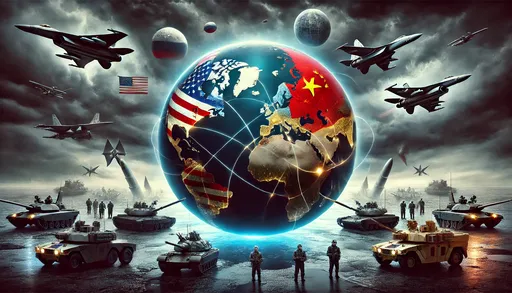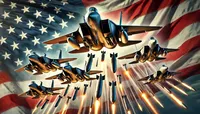Despite many changes over the past 110 years, there are still geopolitical developments today that make a global conflict more likely. In particular, the formation of solid blocks that stand in hostility to each other reminds us of the tension before 1914, when the Central Powers were against the war-decisive coalition of France, Great Britain, and Russia. Today, we see the emergence of a global alliance that is turning against the West, led by the United States, with Russia, China, and Iran as the main actors, who have more strongly allied since Russia attacked Ukraine.
In addition to this, a security agreement between Russia and North Korea, which Vladimir Putin signed during his state visit to Pyongyang has given reason for concern. The Korean peninsula remains the most dangerous place in the world, as the regime of Kim Jong-un is constantly on the brink of collapse due to its weak economy and the allure of wealthy South Korea. To avoid a fate like East Germany, the regime relies on particularly brutal repression and a growing nuclear arsenal. An attack on South Korea would force the United States to intervene according to their alliance obligations and could now also involve Russia on the opposing side.





